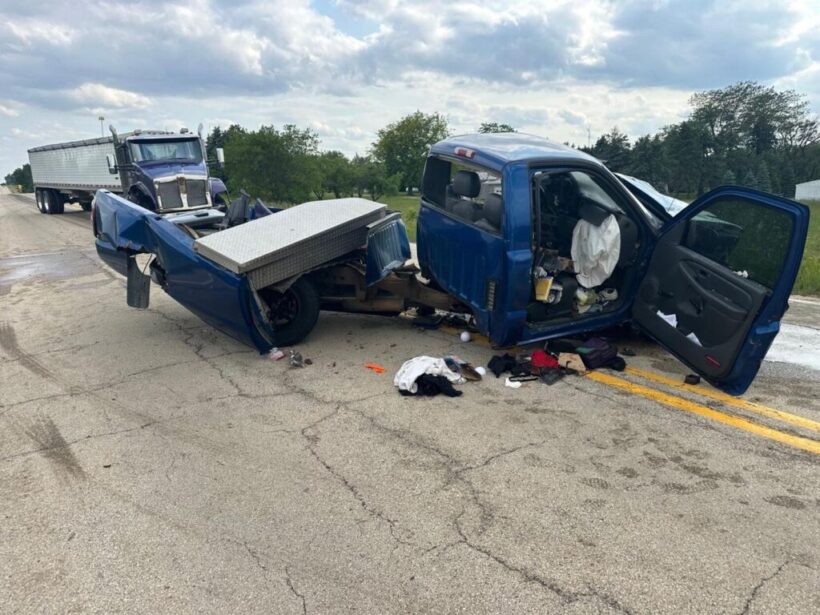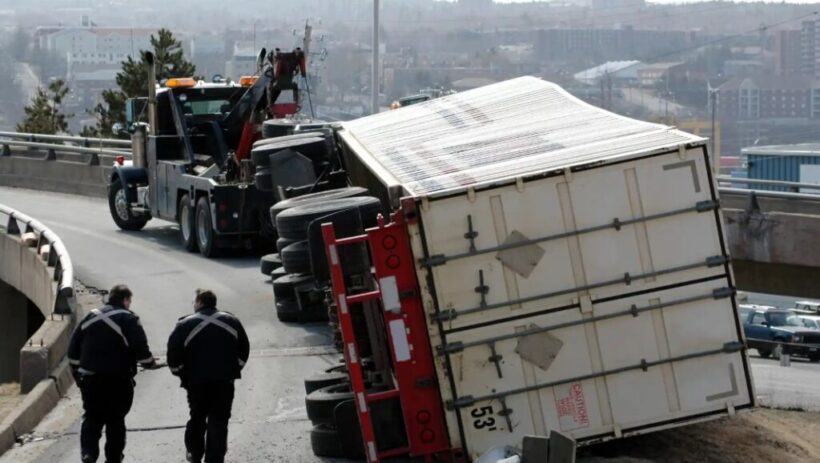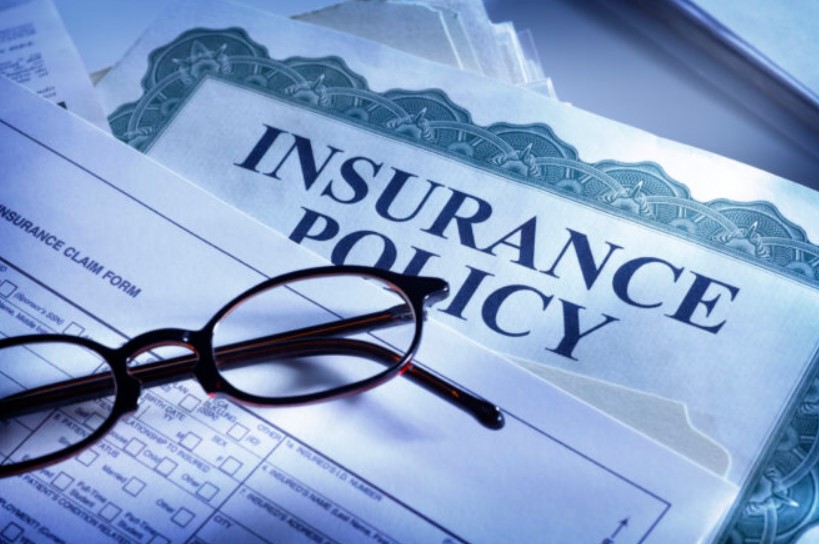In the heart of New Orleans, where the rhythm of city life meets the constant hum of commerce, trucks are a familiar sight navigating the city’s busy interstates and historic streets. As a major port and distribution hub, New Orleans sees significant commercial traffic; unfortunately, this increases the likelihood of serious truck accidents.
When these collisions occur, the path to accountability can be far from straightforward. Determining liability involves more than pointing a finger at the driver. It often requires uncovering complex relationships between trucking companies, vehicle manufacturers, maintenance providers, and others.
Each party may hold a piece of the puzzle, and understanding who is legally responsible is critical for victims seeking justice and compensation. With so much at stake, the guidance of a legal professional becomes essential. A New Orleans truck accident lawyer brings the local experience and industry-specific knowledge needed to cut through the confusion and fight for those affected in these high-stakes cases.
Multiple Parties
There is more to a truck accident than just the driver. They are more complex than ordinary motor vehicle accidents, since multiple parties may be responsible for the accident. These can include the commercial vehicle operator, trucking company, vehicle manufacturer, and maintenance providers.
Negligence, fatigue, or an intoxicated driver are often to blame. The trucking company may only be responsible for maintaining vehicles and workers but could be partially at fault if it pushed drivers to meet unreasonable timelines or did not comply with safety standards. Vehicle manufacturers may be held responsible for faulty components, while maintenance providers may be liable for negligence.

Laws and Policies around Compliance
There is also the additional complexity posed by the trucking industry regulations. Regulations are imposed on operators by both federal and state boards. These rules are intended to avoid road dangers. If a driver violates limits on weight or rest periods, for example, an accident could easily occur. If violations like these happen, the trucker may not be the only person or company held liable.
Inspectors frequently examine logbooks and records and use this data to measure compliance. These documents help identify what violations might have contributed to the incident. Interpretation of these regulations is critical to establishing liability.
Investigative Processes
Investigations are crucial in truck accident cases. Usually, law enforcement, insurance, and legal representatives will inquiries. They compile the evidence, such as eyewitness statements, accident scene photographs, and data from the automobile’s computer. This provides some context for the event and helps identify who may be at fault.
Having someone to pull this apart for you can be helpful. For example, accident reconstruction specialists can offer data on how a vehicle moves during a collision. Forensic specialists can also analyze electronic data from the truck’s computers. Investigations like this make sure that you know everything about an incident.

Sue for Damages
For victims to receive their due compensation, legal recourse is often crucial. Legal action can help recover damages like medical bills, lost wages, and emotional distress. Having an experienced attorney can be highly beneficial during this process.
Lawsuits can have multiple defendants to demonstrate the different parties who may be at fault. Legal teams must be clear on state and federal laws to prove liability and argue for sufficient recompense.
Preventive Measures
Corporations must emphasize the importance of daily maintenance of vehicles, train all drivers, and adhere to all safety standards. Adoption of technologies such as collision avoidance systems can improve road safety. Regular education and awareness programs help build a safety culture in the industry.
Regulatory bodies should maintain strict safety guidelines. Periodic audits and inspections ensure that protocols are followed and that the risk is minimized.
The Role of Black Box Data
Modern commercial trucks are equipped with event data recorders, often referred to as “black boxes.” These devices log crucial performance and operational information such as speed, brake pressure, gear shifts, and hours of operation. In an accident investigation, this data can provide a minute-by-minute timeline of what happened just before and during a collision.
Legal professionals often request black box downloads immediately after an incident to preserve the integrity of evidence. This is especially important in disputed cases where driver statements may contradict forensic evidence. Comparing black box data to driver logs and maintenance reports allows for a clearer picture of negligence, if any.
|
Black Box Data |
Use in Legal Cases |
| Speed at impact | Confirms or disputes eyewitness accounts |
| Brake engagement | Proves reaction time or equipment failure |
| Engine status | Identifies malfunction before crash |
| Driver hours | Checks for rest period violations |
Five Steps Victims Should Take Immediately After a Truck Crash
Getting caught in a truck accident is overwhelming, but your actions afterward can significantly influence both your recovery and the outcome of any legal claim. Here are five essential steps:
- Call emergency services immediately – Prioritize health and get a police report filed on-site.
- Document the scene – Take photos of the damage, vehicle positions, skid marks, and traffic signs.
- Request witness contact info – If there are bystanders, their statements could be vital.
- Seek medical attention – Even if injuries seem minor, get a full medical check-up.
- Contact a specialized attorney – The earlier legal experts are involved, the stronger the claim.
Taking these steps ensures no critical detail is missed, especially when multiple liable parties may be involved.
Insurance Complications in Multi-Party Claims
When a crash involves a commercial truck, insurance negotiations become significantly more complex. Unlike a standard two-car accident, multiple insurers might be in play, each representing a different potentially liable party. This leads to competing interests and finger-pointing among insurers.
For instance, the truck driver’s insurance may deny fault and try to shift blame onto the logistics provider or vehicle manufacturer. Meanwhile, the victim is often caught in a loop of delays and deflections. A good legal team helps to sort through policy layers, identify primary coverage, and negotiate aggressively on the victim’s behalf.
It’s also common for commercial trucking companies to carry policies with layered coverage, primary, secondary, and umbrella policies. These must be thoroughly reviewed to uncover the full scope of compensation available.

Conclusion
Liability in a truck accident can be a tangled web of duties, regulations, and processes. It is important to understand the roles of the different parties, be aware of regulatory regimes, and realize the importance of proper investigations. Dealing with insurance claims and seeking legal recourse is a complex task that requires expert care and precision. Preventive measures help in increasing road safety and in avoiding any accidents in the future.
For victims and families, clarity and closure only come when the full scope of accountability is revealed. A strategic legal approach ensures no responsible party escapes scrutiny.

